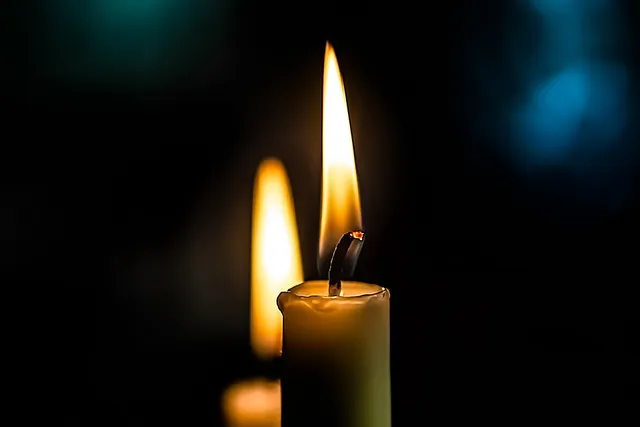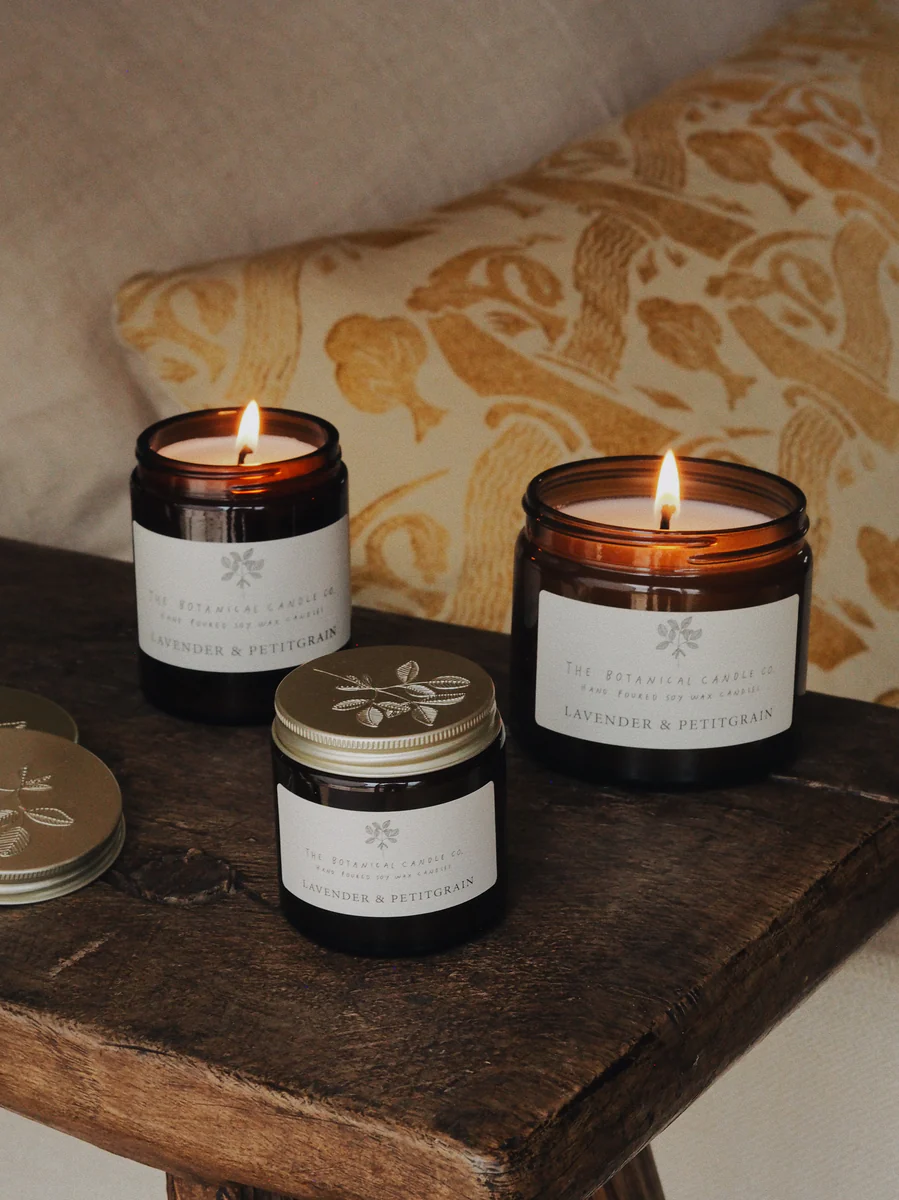Cremation is an increasingly popular choice for many people, yet it is still surrounded by myths and misconceptions. These myths can cause confusion or even deter people from considering cremation plans as an option for themselves or their loved ones. In this article, we’ll debunk five common myths about cremation that you shouldn’t believe.
1. Myth: Cremation Is Against Most Religions
One of the most pervasive myths about cremation is that it is forbidden by most religions. While it’s true that some religious groups prefer burial, many religions do allow cremation. For example, the Catholic Church permits cremation as long as it is done with respect and the ashes are properly cared for. Hinduism actually mandates cremation as the preferred method for the disposal of a body. It’s important to consult with your religious community if you have concerns, but in many cases, cremation is an accepted practice.
2. Myth: Cremation Prevents You from Having a Funeral
Another common misconception is that choosing cremation means you can’t have a traditional funeral service. In reality, cremation offers a great deal of flexibility. You can still have a viewing, a memorial service, or a religious ceremony before or after the cremation process. In fact, many people opt for a cremation following a traditional funeral, allowing loved ones to say goodbye in a familiar way while still choosing cremation for the final disposition.
3. Myth: Cremation Is Harmful to the Environment
Some people believe that cremation is bad for the environment due to emissions from the cremation process. While it’s true that cremation does have an environmental impact, modern crematories are subject to strict regulations that minimize harmful emissions. Additionally, compared to traditional burial, which involves embalming chemicals, caskets, and land use, cremation can be considered a more environmentally friendly option. For those particularly concerned about environmental impact, there are even “green” cremation options, such as aquamation, which use water instead of fire.
4. Myth: You Can’t Keep Cremated Remains at Home
Many people think that cremated remains, or “ashes,” must be scattered or placed in a cemetery, but this isn’t true. You are free to keep the cremated remains of a loved one at home if you choose. Some people find comfort in having a beautiful urn or keepsake containing ashes in their home, where they can feel a connection to their loved one. Others might choose to divide the ashes among family members or incorporate them into jewelry or other memorial items.
5. Myth: All Cremated Remains Are Mixed Together
A common fear is that during the cremation process, ashes from different individuals might get mixed together. However, reputable crematories have strict protocols to ensure that each person’s remains are handled separately and respectfully. Each body is cremated individually, and a unique identification system is used to track the remains throughout the process. You can be assured that the ashes you receive belong solely to your loved one.
Final Thoughts
Cremation is a personal choice, and like any decision related to end-of-life planning, it’s important to base that choice on accurate information. By understanding the facts and dispelling these common myths, you can make an informed decision that aligns with your beliefs and preferences. Whether you choose cremation or another method, what matters most is that the choice reflects your values and wishes.





